Did Anyone Consult A Woman?

“Did anyone consult a woman on this race kit…?” coach Katherine Wuestenfeld asked. Much of the internet shared the sentiment, as there has been public outcry regarding the new women’s US Olympic uniforms.
What was meant to be a step forward using technology and analytics has largely backfired. The Nike Sports Research lab designed the uniforms by conducting body scans and using motion analysis. They set out to produce the most efficient uniform possible, yet ended up with something that’s left most women athletes scoffing.
The Uniform In Question
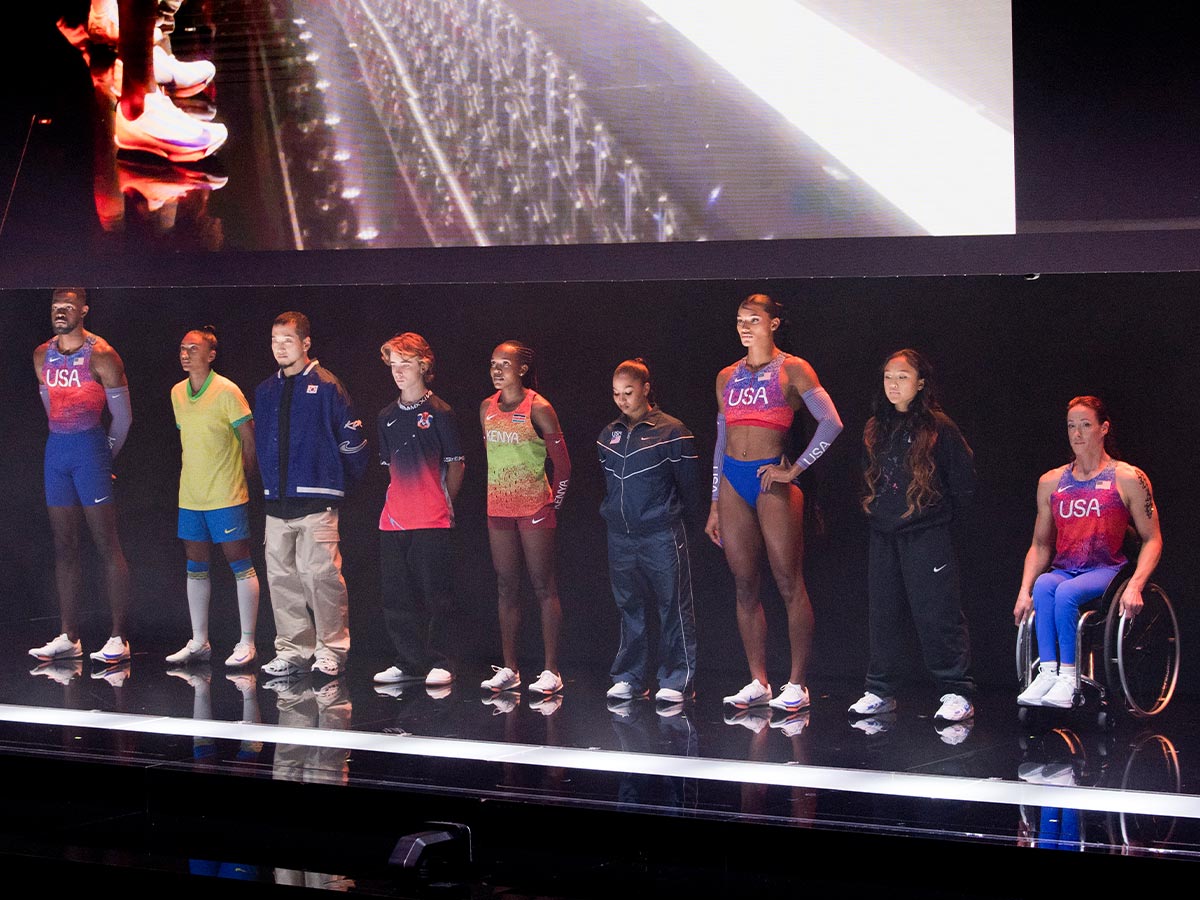
“There are close to 50 unique track and field uniform options, including the newly viral leotard, for both men and women. Athletes will also get the chance to choose which outfit or combination of outfits match their style and personal preference best”, Nike wrote in an Instagram post debuting the uniform kit.
“Take the old USA kit, and make it ?less?” Philly Bowden, a professional runner, wrote in the comments. Many athletes share the sentiment.
Olympic Perception

With terms like “patriarchy” and derogatory analogies plaguing the commentary around these new uniforms, the perception of Olympic track and field could change—but whether it’s for the better remains to be seen.
The Paris games are set to be a pivotal moment for athletic apparel. Why the emphasis on what athletes are wearing? We’re not sure, but it could be a combination of the new Nike research and simply trying to draw more viewers in.
Viewership
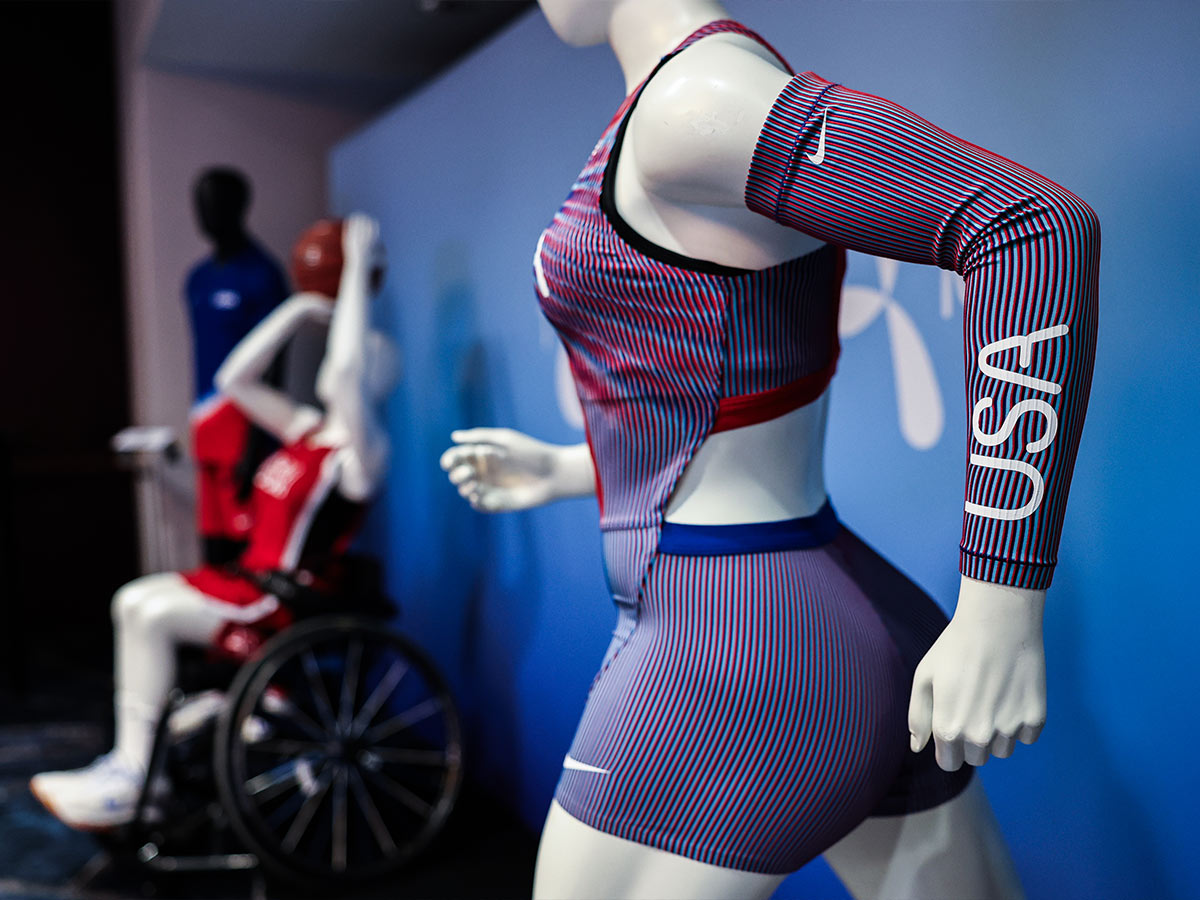
With so much buzz around the uniforms, it will more than likely successfully gain more viewers, as viewership has steadily declined over the past three Olympics (550K fewer viewers in 2020 than in 2012). However, there is concern that what the athletes are wearing will overshadow the actual competition—which is bad for everyone.
Though some have been receptive to the new uniform look, most feedback has been negative. Many individuals, both athletes and fans, have taken to social media to express their opinions, stating that runners should be viewed as athletes, not objects on display.
Uniform Flaws
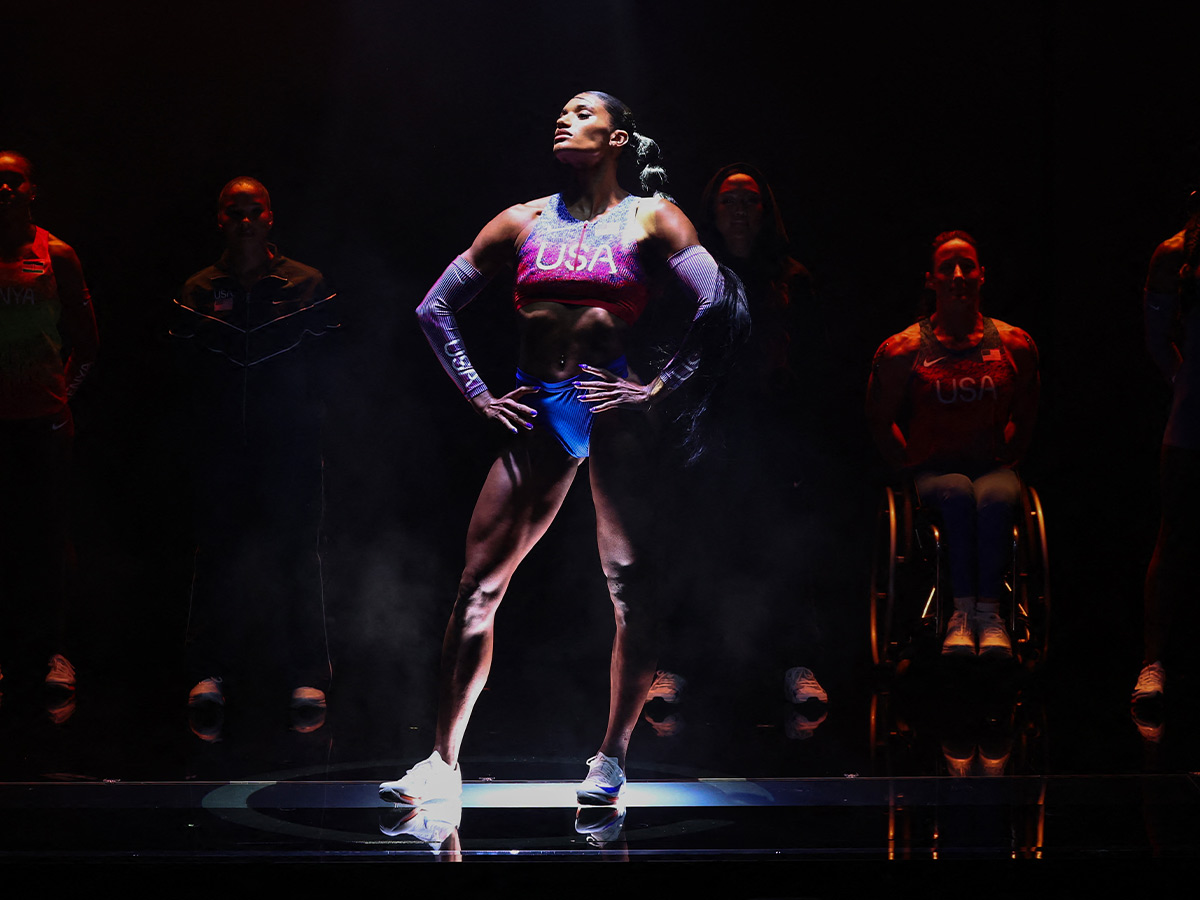
Some have pointed out obvious flaws. MaureenWRC posted, “This is a joke, right? Running in that outfit will gather the material in the center, exposing everything. Why can’t the women wear the same thing as the men?”
Coach Alison Staples said, “If the [bits] are hanging out on a still mannequin, what do we expect to happen to a moving person?” Tara Davis-Woodhall, U.S. long jump Olympian, did not mince words when she commented about the uniform in a post.
A Double Standard

Lauren Fleshman, two-time U.S. 5000-meter champion, pointed out a glaring double standard. “If the uniform was truly beneficial to physical performance, men would wear it.” She also stated that a design like this would not be acceptable in other sports, such as women’s basketball or soccer.
She went on to say, “This is a costume born of patriarchal forces that are no longer welcome or needed to get eyes on women’s sports.” From another angle, Linda Flanagan stated that the uniforms were “outrageous” in a social media post. She expressed concern that they could set a precedent for girls’ high school sports.
A Game Changer
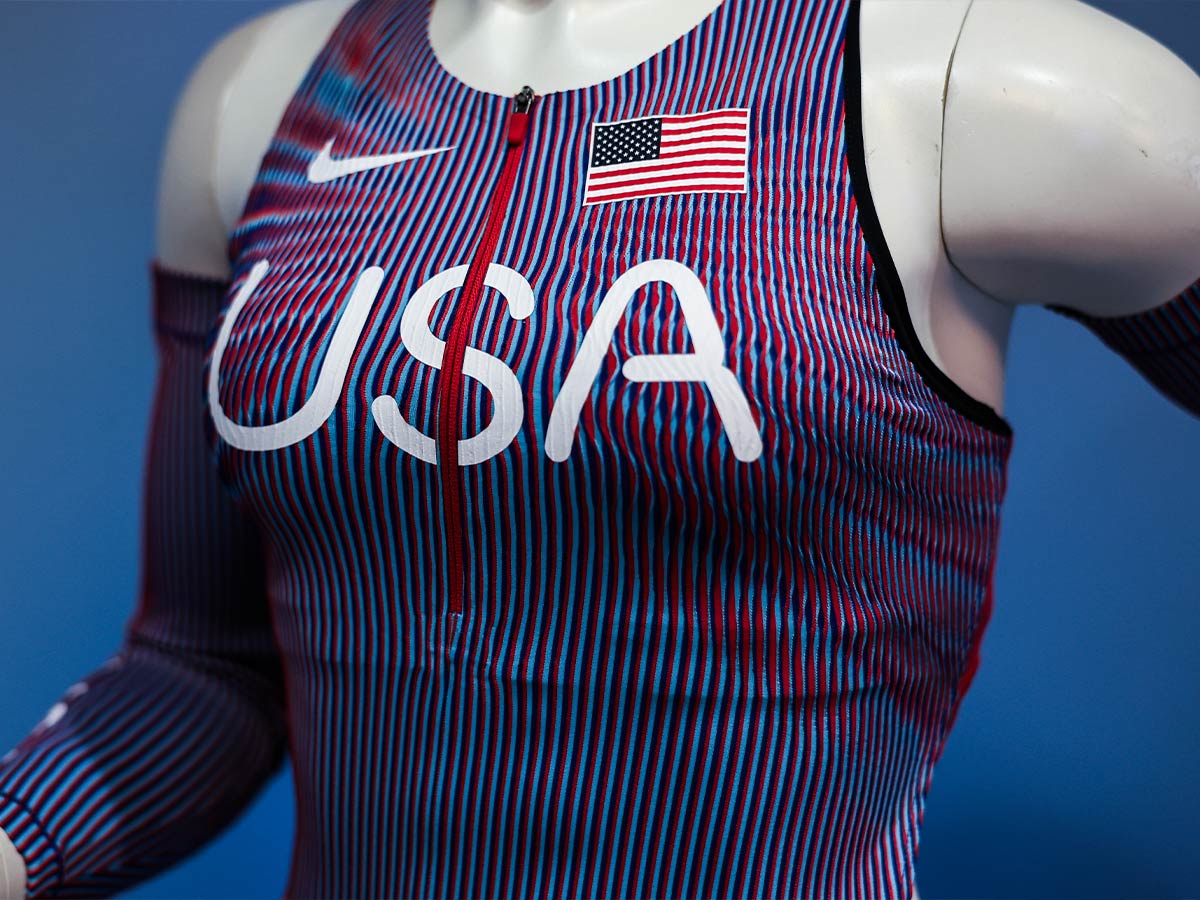
On the other side of the spectrum, Nike Vice President of Apparel Innovation Janett Nichol stated, “It’s a game-changer for us because we’ve now been able to take athlete insights, along with data and use that algorithm to create something that allows us to get to a level of specificity, fidelity and accuracy that we’ve never been able to do before.”
Gold medalist pole vaulter Katie Moon commented on the uniform design displayed on a mannequin, stating that it was “troubling”. However, she also acknowledged that Olympians “have the freedom to choose what they wear.”
Some Of Us Choose To Wear It
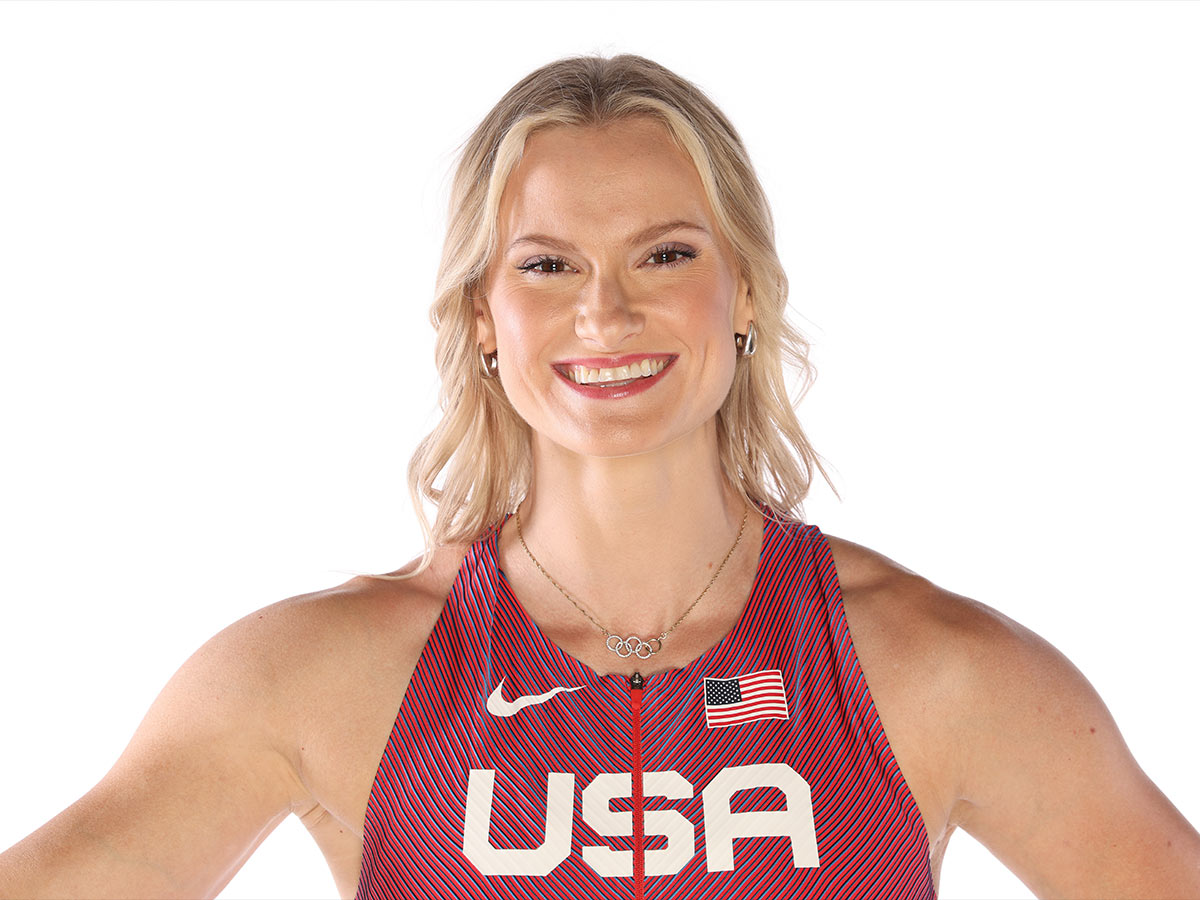
“When you attack the buns and crop top saying something along the lines of it’s [discriminatory] (which if that was our only choice, it would be), even if it’s with the best of intentions, you’re ultimately attacking our decision as women to wear it,” says Moon.
“And if you honestly think that on the most important days of our careers we’re choosing what we wear to appease the men watching over what we’re most comfortable and confident in, to execute to the best of our abilities, that’s pretty offensive,” she continued.
“I personally like the buns because I want as little fabric clinging to me when I’m hot and sweaty (which I am at 99% of meets I compete in).”
Traditional Uniforms

In recent years, uniforms have already been pushing boundaries. Balancing comfort, efficiency, and style, the US women’s uniforms featured cuts that appealed to both athletes and viewers. They acknowledged the need to cut back on unnecessary material while remaining as modest as possible.
As technology and performance knowledge have advanced, uniforms have drifted toward less and less material, becoming as streamlined and aerodynamic as possible. Which is understandable and acceptable. But where do we draw the line?
What Other Countries Will Be Wearing

While the US will be debuting a new attention-grabbing design, other countries will maintain the usual sleek, efficient uniforms that have performed consistently in the past. These include crop tops, skin-tight shorts, and revealing designs.
However, none offer a more revealing option than the US women’s leotard. With much more skin showing, but not much change in material quantity, is there really a significant performance advantage? I guess we will see at the 2024 Olympics.
 Author
Courtney Holt
Last Updated: June 03, 2024
Author
Courtney Holt
Last Updated: June 03, 2024